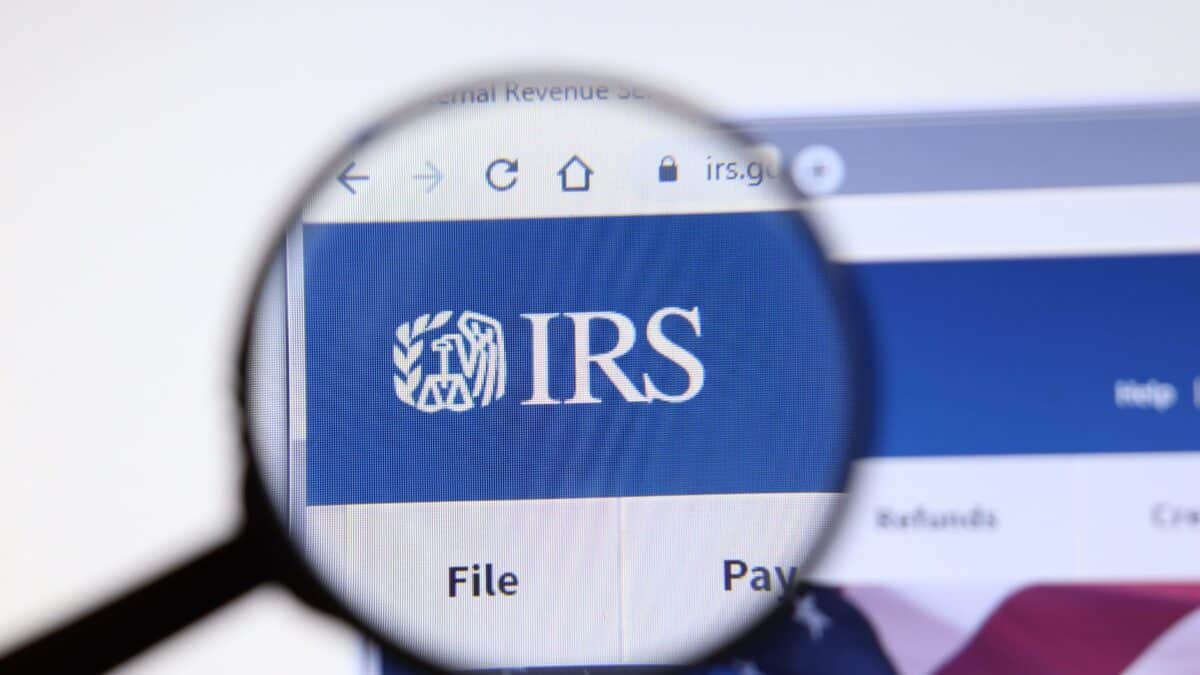Each year, millions of U.S. taxpayers submit corrections to their federal tax returns through the Form 1040-X, often to amend reported income, adjust deductions, or fix filing errors. With the 2025 tax season underway, the Internal Revenue Service (IRS) has issued updated information on how and when filers can monitor the progress of these amended submissions.
As amended returns are handled differently from initial filings, the IRS’s tracking system and processing timelines follow separate protocols that taxpayers must understand before initiating follow-up action.
Amended Returns Follow a Longer and Manual Processing Cycle
The IRS confirms that an amended tax return cannot be tracked immediately after submission. Typically, it takes three weeks for the return to enter the system, after which taxpayers may begin checking its status. In most cases, the agency requires eight to twelve weeks to process an amended return, although it warns that processing may extend up to sixteen weeks, particularly during high-volume periods.
Form 1040-X is specifically designed for amended individual tax returns and must be used correctly to ensure proper handling. Unlike original returns, amended filings undergo a manual review by IRS personnel, which can lead to extended processing times. The the Internal Revenue Service advises filers not to contact the agency about delays unless prompted by its systems.
“Where’s My Amended Return?” Tool Tracks Limited Cases
To help taxpayers monitor the progress of their amended returns, the IRS operates the “Where’s My Amended Return?” tool on its official website, irs.gov. The service provides status updates for returns filed in the current tax year and the previous three years.
In order to access the tool, individuals must provide their Social Security Number, ZIP code, and date of birth. The system is generally available 24 hours a day, except for scheduled maintenance periods on Sundays from 1 a.m. to 7 a.m. Eastern Time and Mondays from 12 a.m. to 3 a.m. Eastern Time.
Some Returns Are Excluded from Online Status Tracking
According to the IRS, the online tool does not support all amended return types. For example, returns processed by the Examination or Bankruptcy divisions are not visible via the tracking tool. Similarly, the system does not display information for injured spouse claims, carryback applications, business returns, or any filing with a foreign address.
Additionally, individuals who mistakenly file a corrected return using Form 1040 instead of Form 1040-X will not be able to track the return online. These exclusions mean that a significant portion of amended filings must be monitored through alternative means, though the IRS generally discourages phone contact unless it specifically requests it.
Direct Calls to The IRS Discouraged Unless Prompted
While some taxpayers may feel compelled to contact the Internal Revenue Service directly, the agency recommends waiting for a prompt from the “Where’s My Amended Return?” tool before making a call. If follow-up is necessary, the system will display a notification instructing the filer to contact the IRS.
When a call is required, the appropriate phone number varies depending on the taxpayer’s profile. Individuals and business owners are routed to different contact centers. For more information, the IRS directs users to its support portal at irs.gov/help/let-us-help-you. The agency also notes that wait times may vary, especially during peak tax filing months.
Amended Returns Processed on Different Timelines than Original Filings
The processing timeline for an amended return differs significantly from that of an original return, largely due to the manual review process required. While electronic filing has streamlined original returns, amended forms still require verification by IRS staff, particularly when they affect taxable income or eligibility for credits.
As of mid-2025, the Internal Revenue Servicehas not implemented changes to expedite the handling of amended returns. The current system remains the standard method for taxpayers to monitor their filings and determine whether further action is needed.









